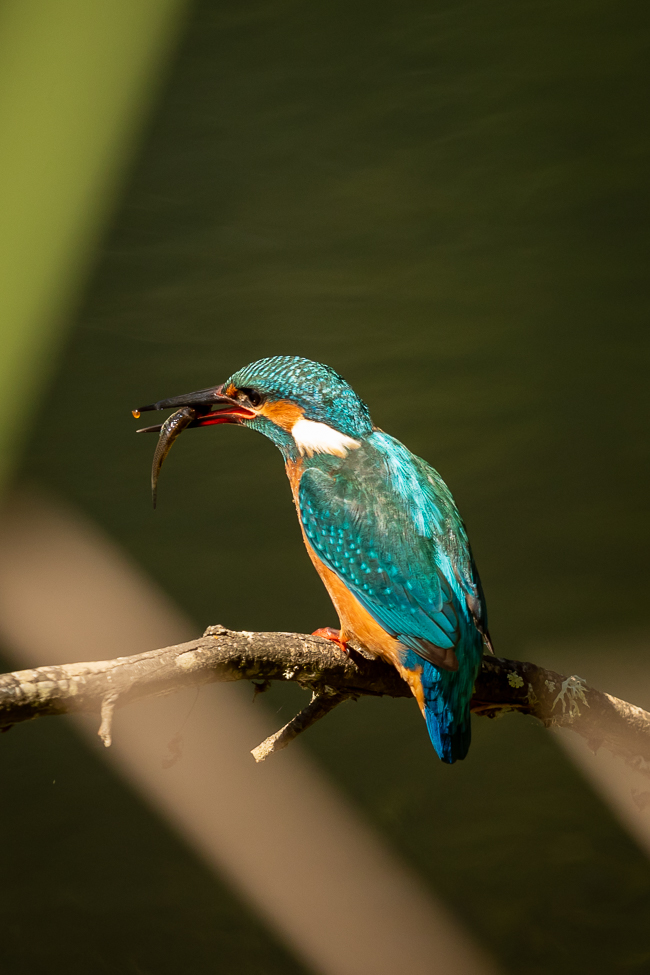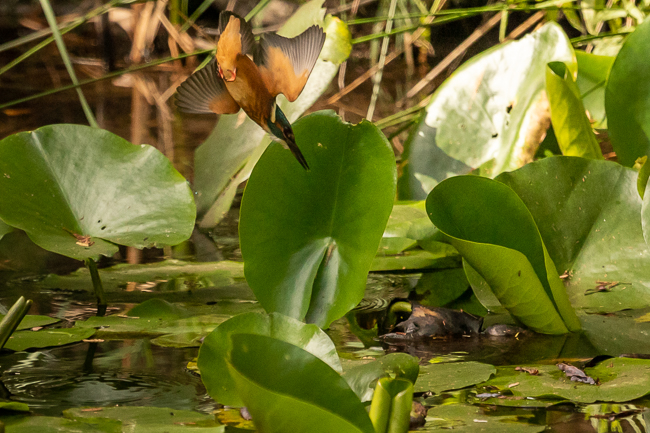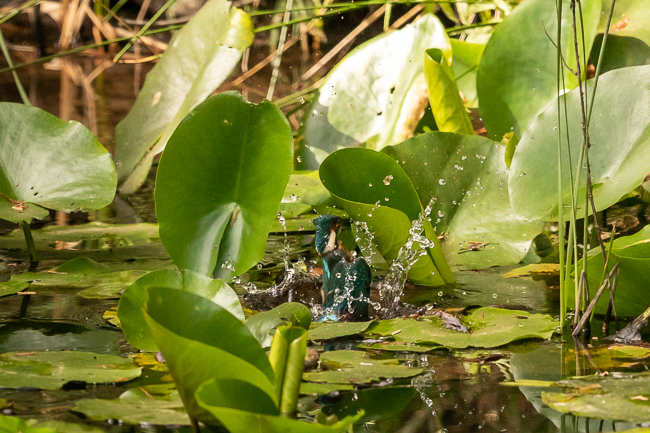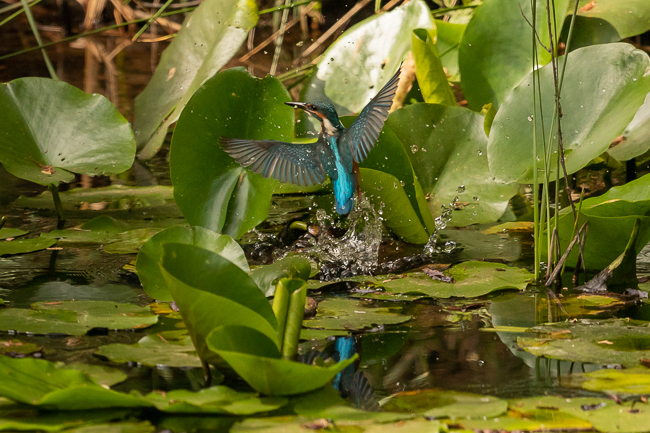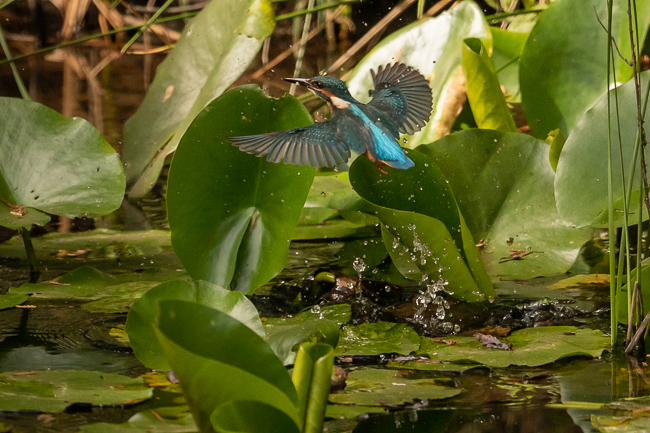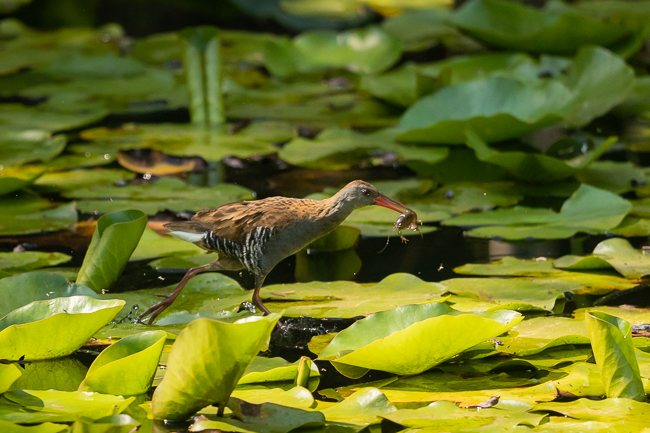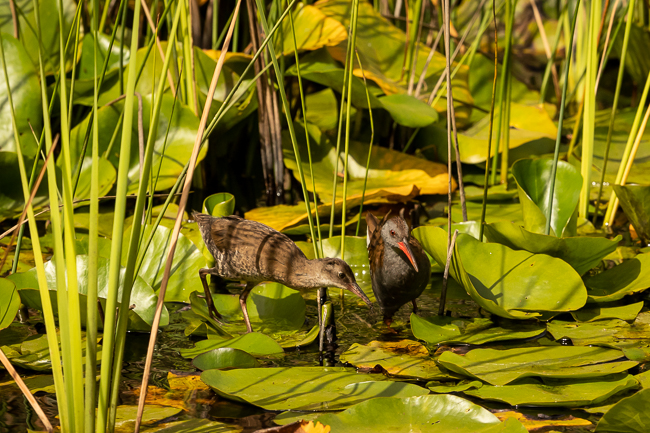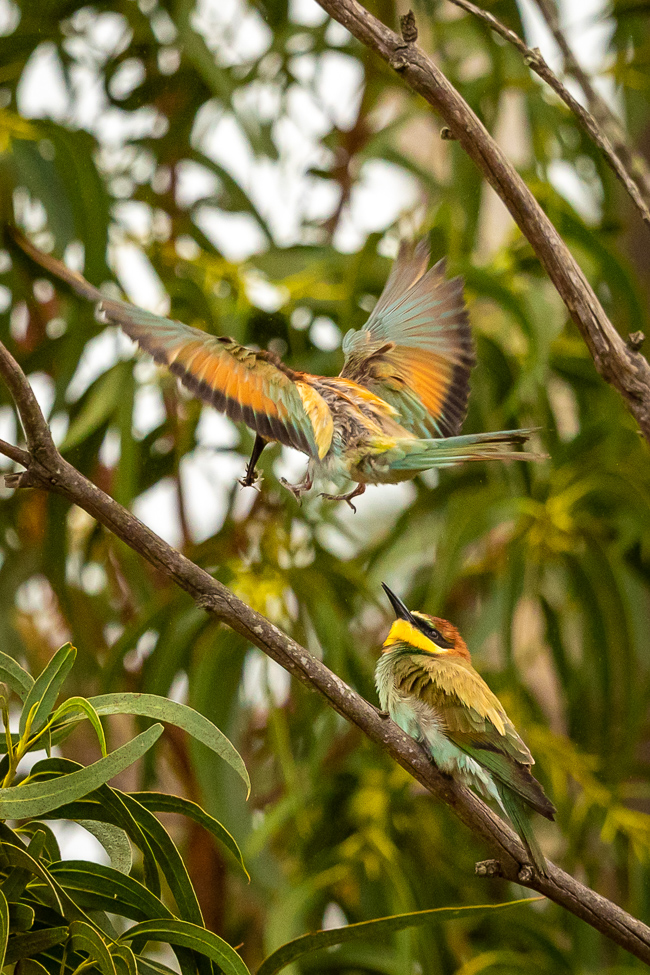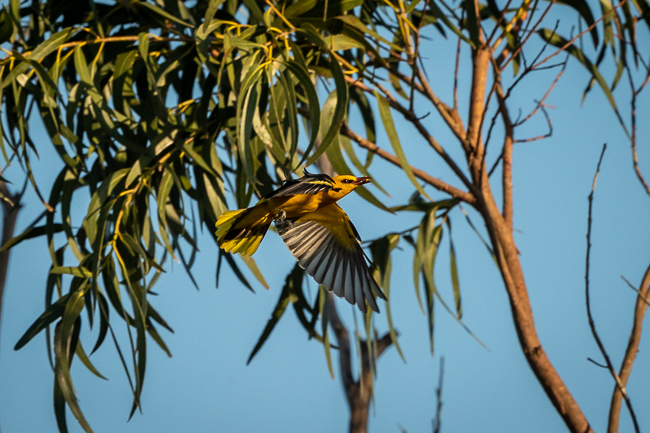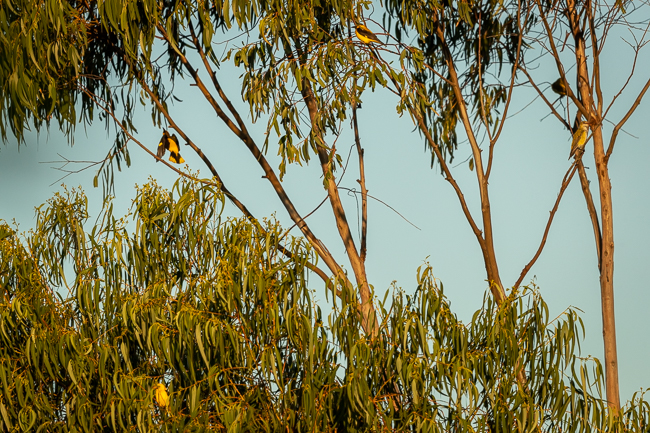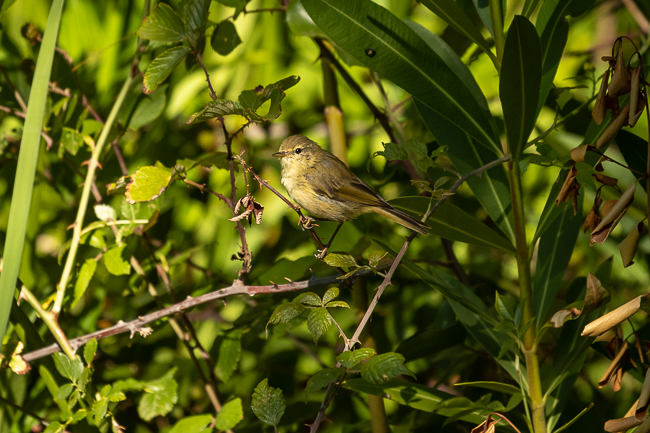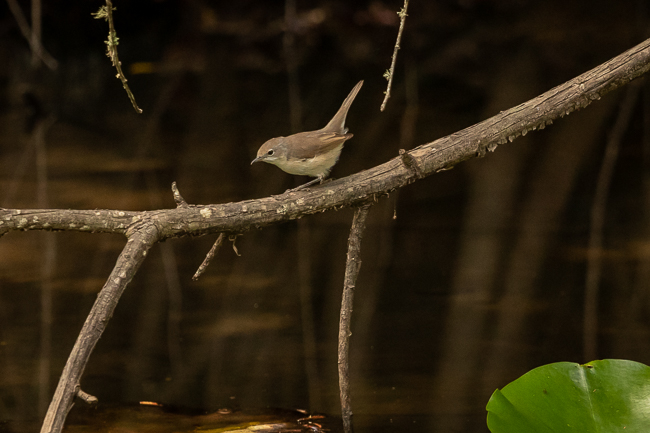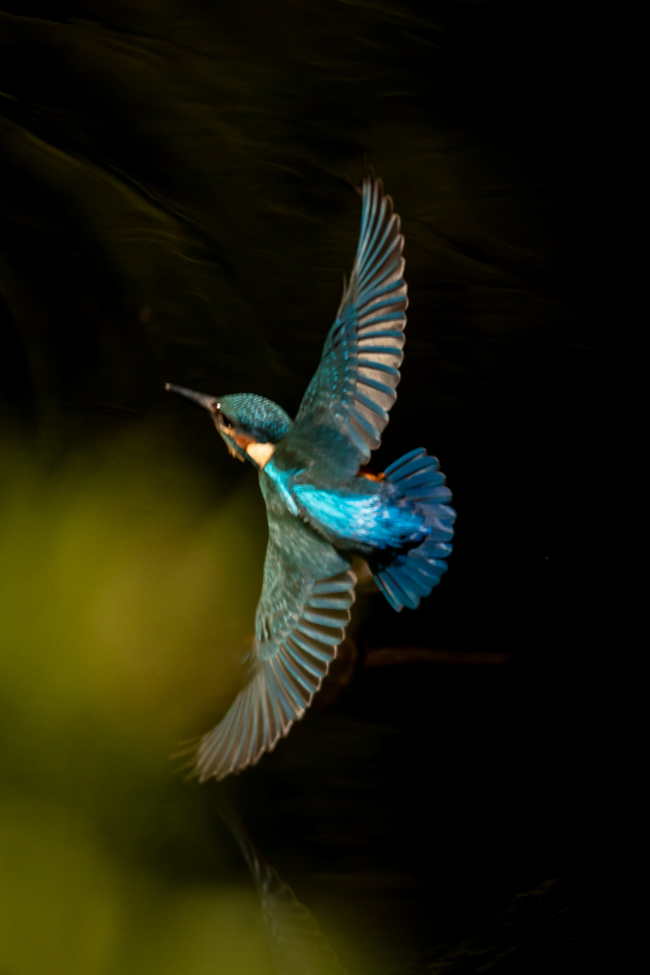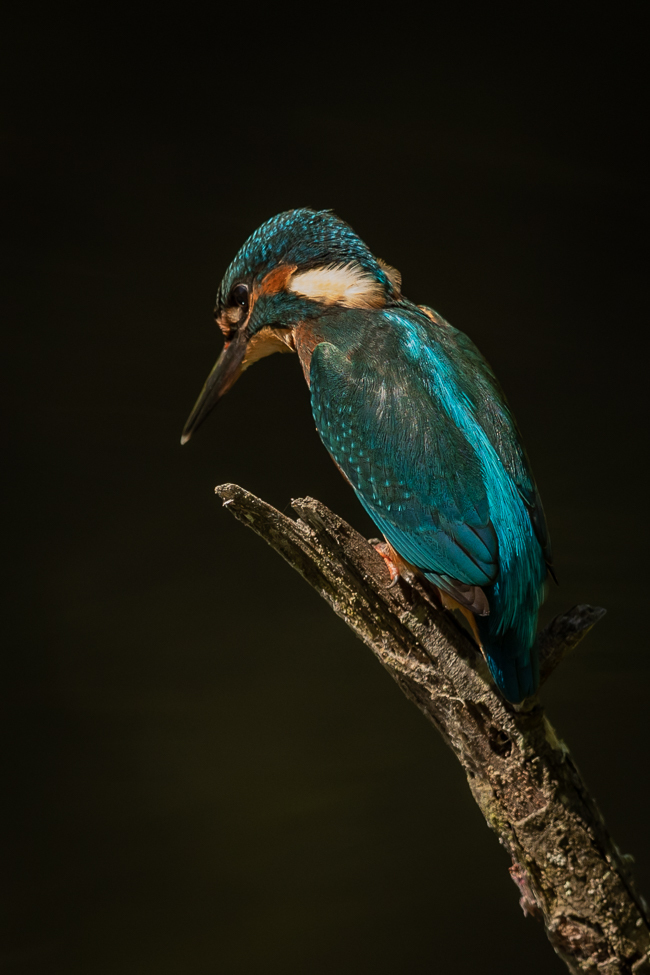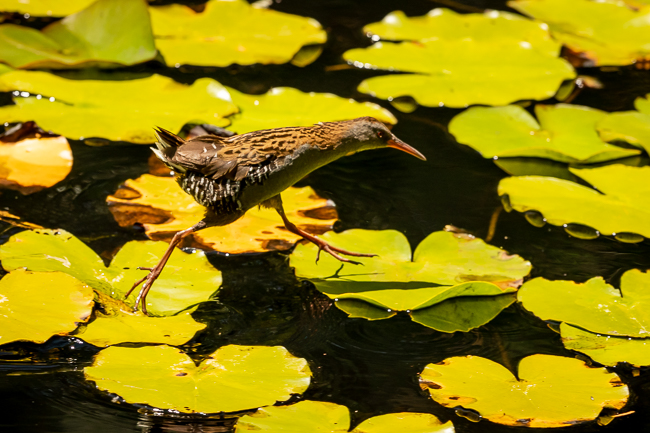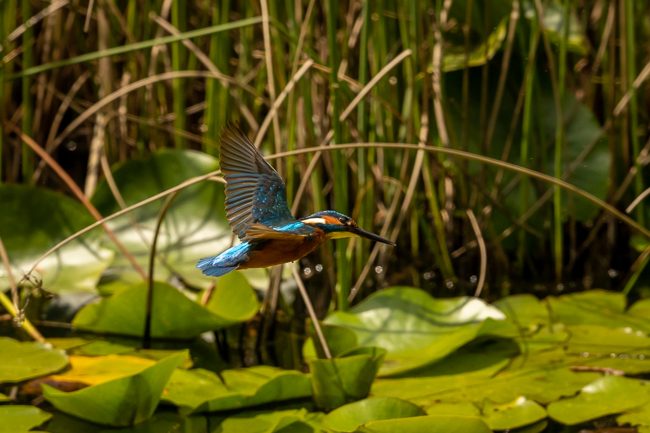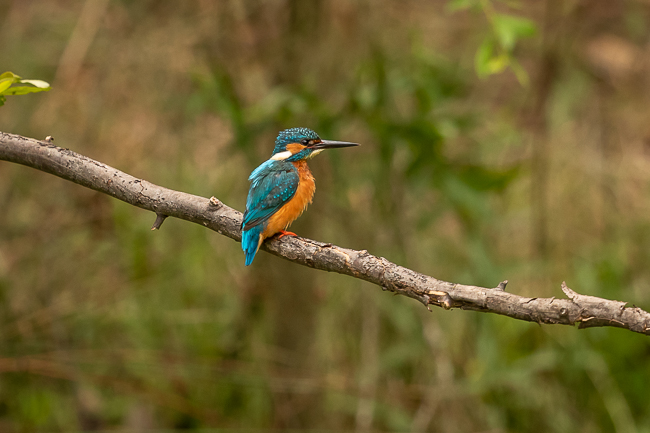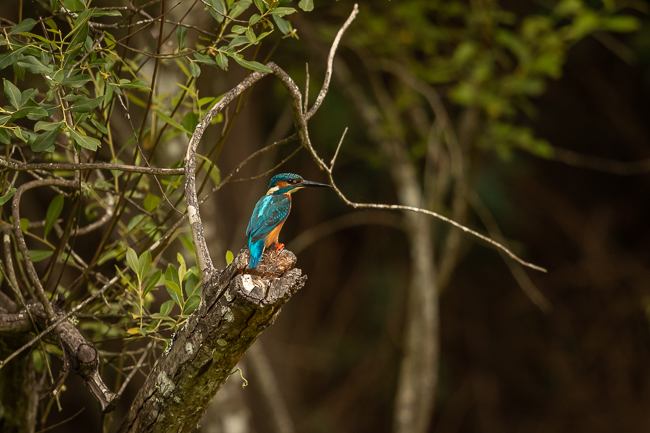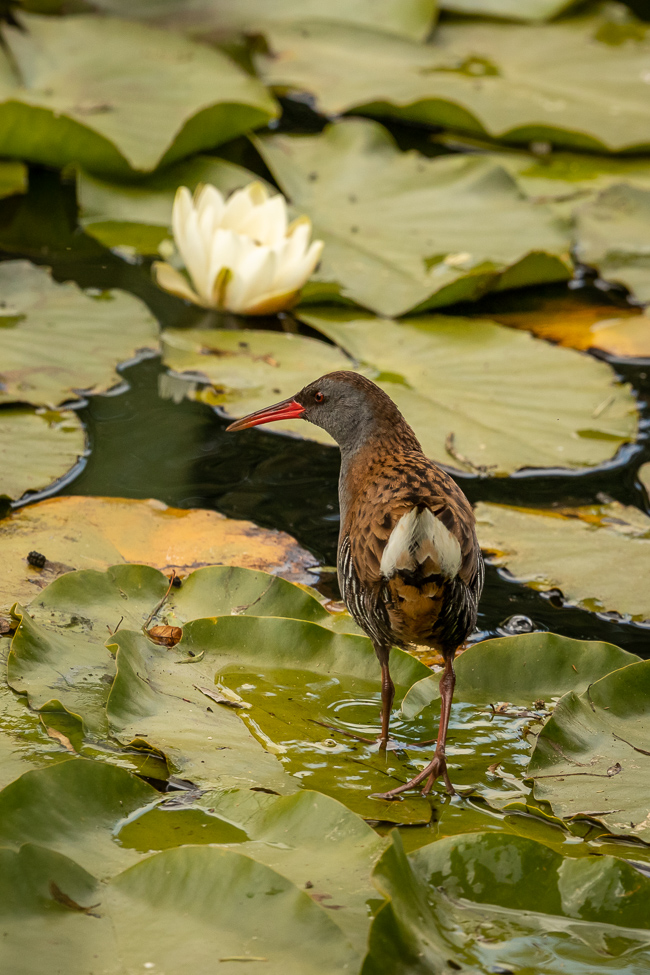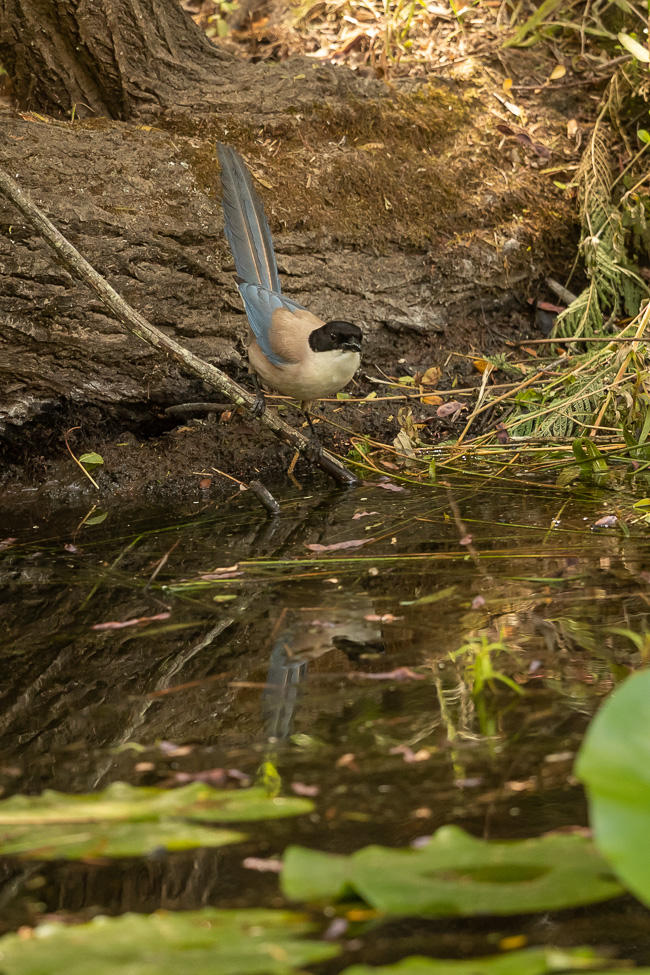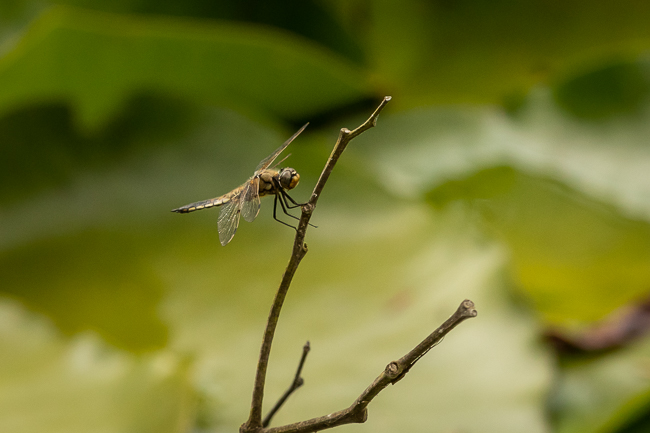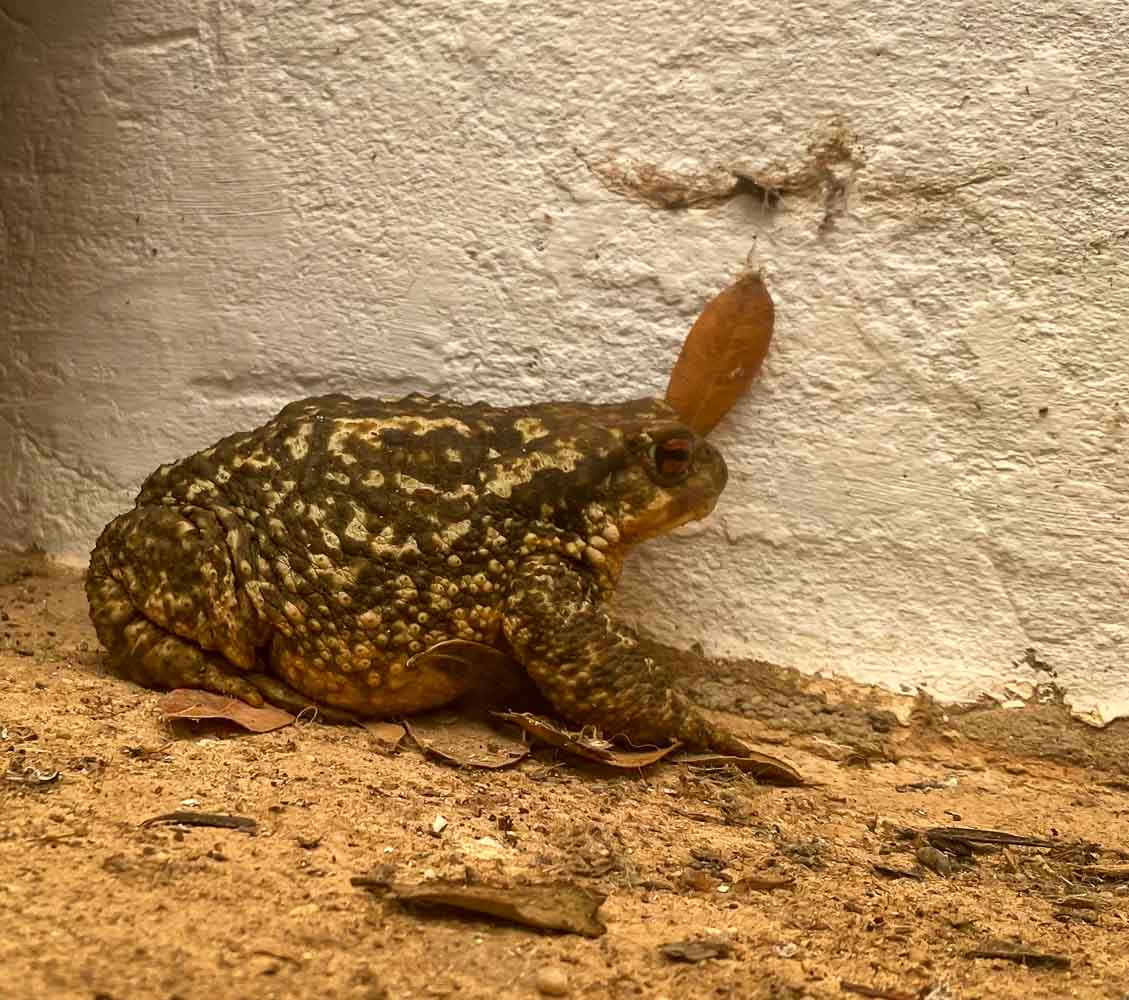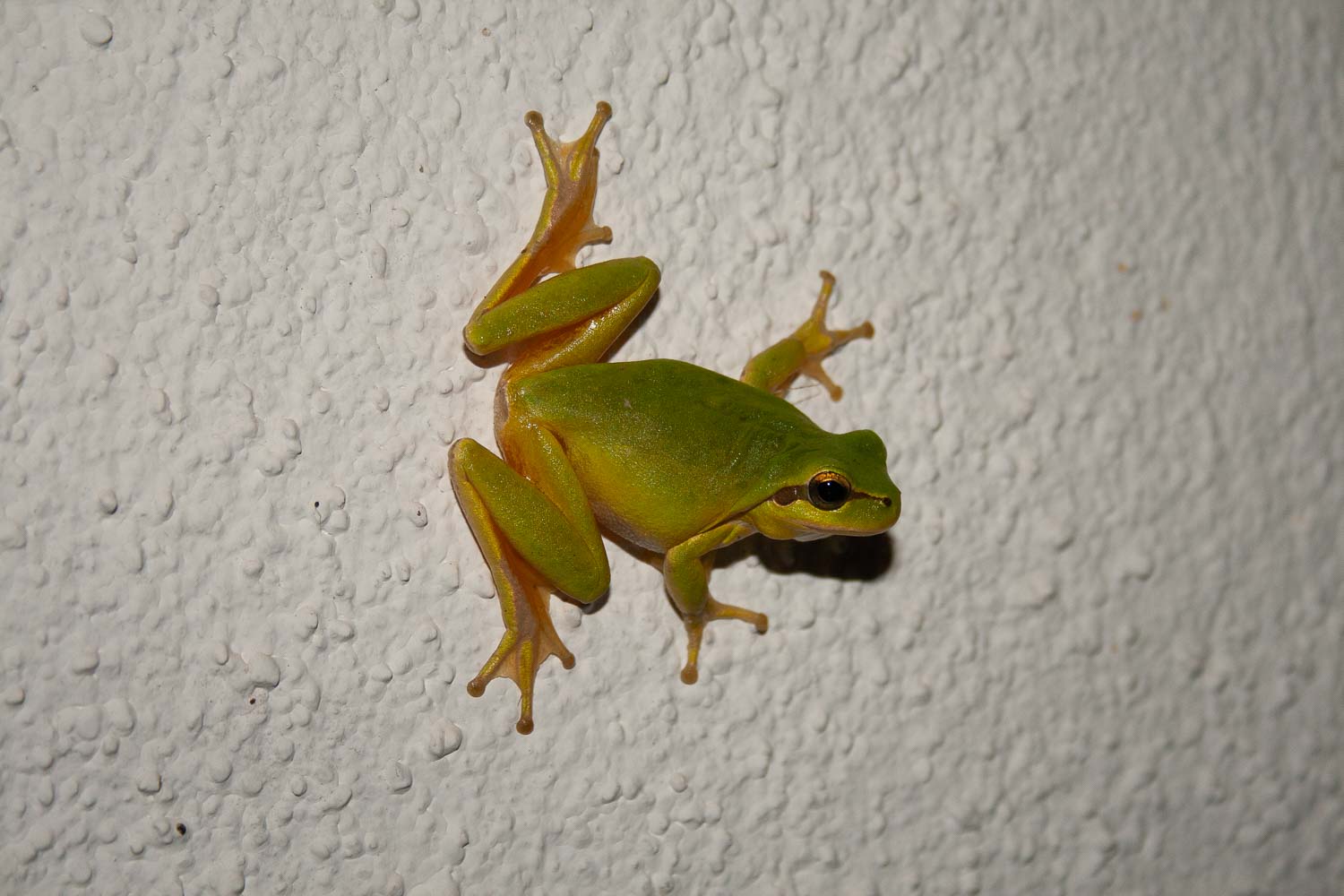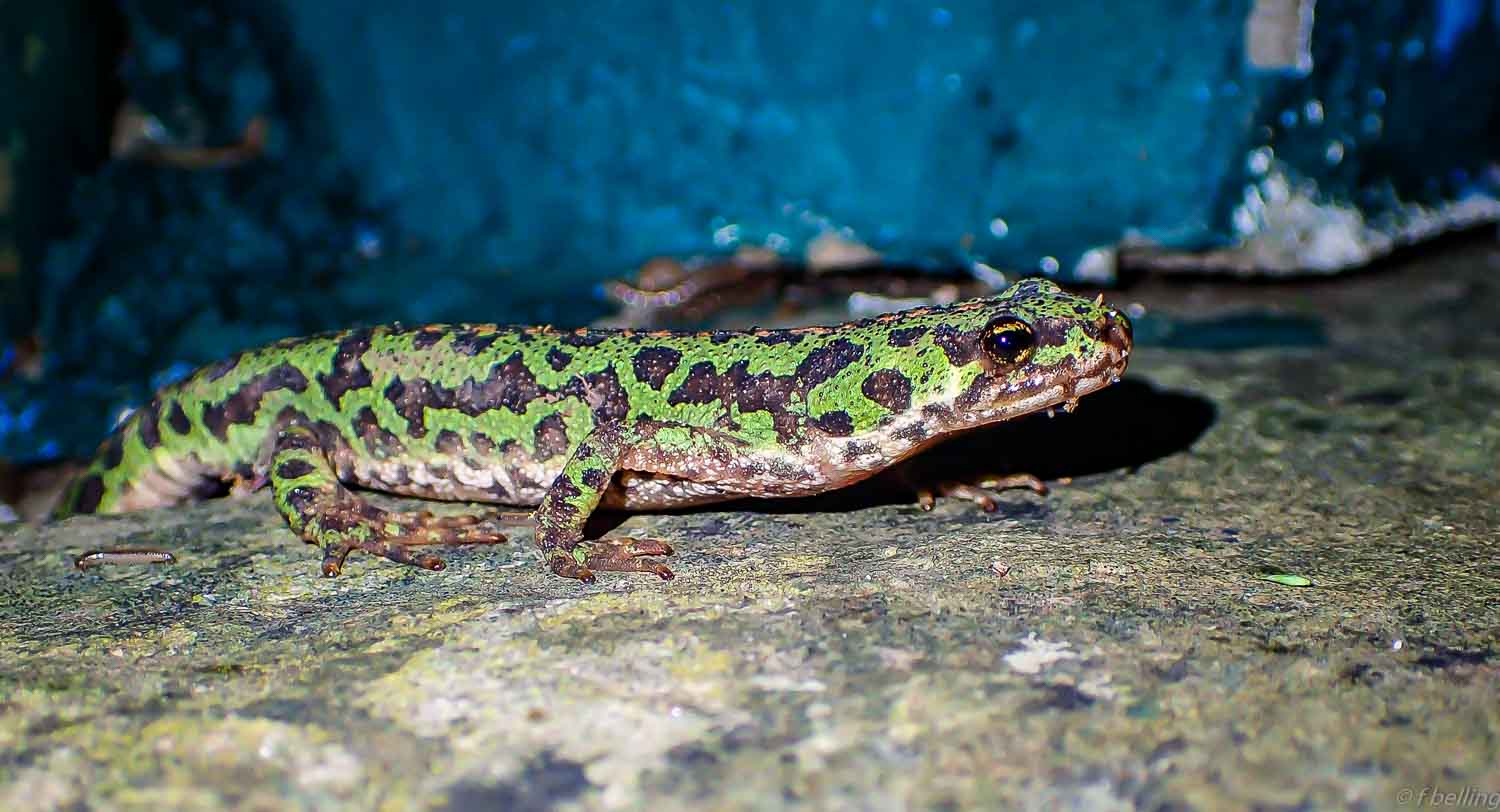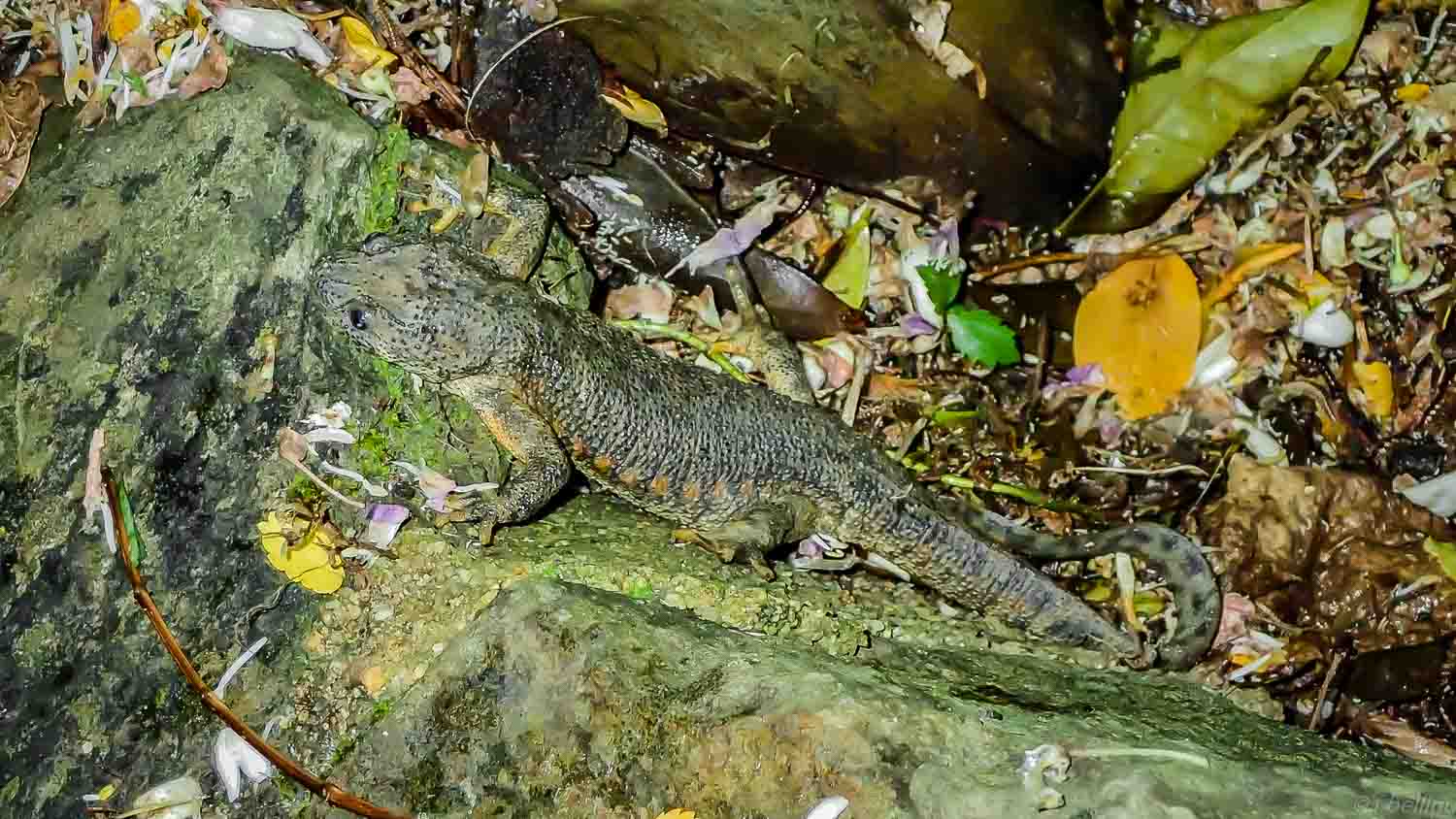I've been lucky enough over the last eight years or so to have spent many hours watching "our" Water Rails from our Water Rail and Kingfisher hide close to the Quinta and it's satisfying now to have gathered quite a selection of photos detailing their intimate lives. They often take a short cut across the lilly pads that cover a small inlet right in front of the hide, so with a little patience it's not too difficult to enjoy wonderful views of this shy species, and there's nothing better than to watch them raise their broods during the Spring and Summer.
It's not often both male and female are seen together out in the open but there's always the chance during the Spring,
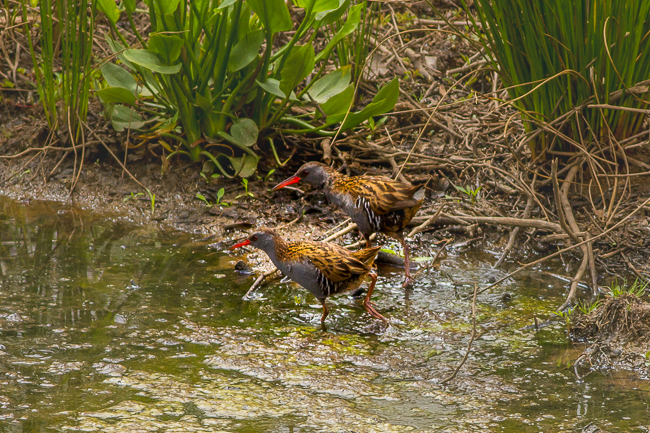
and the first chicks appear as small black bundles around the end of May,
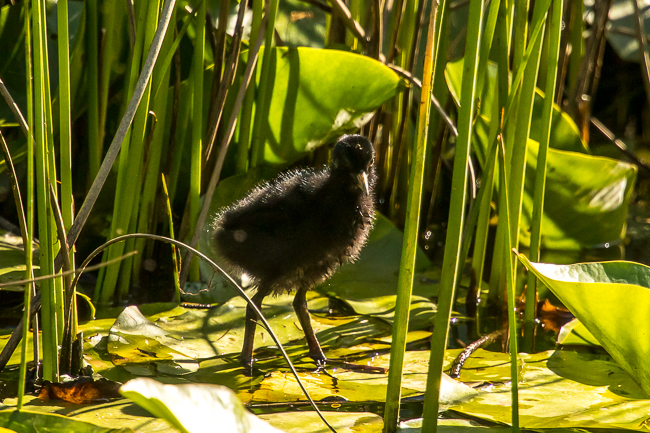
leaving the nest and following the adults as they search for food very soon after hatching.
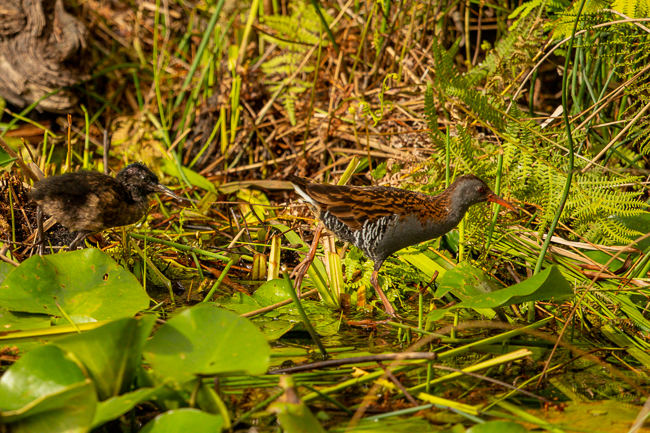
Hereabouts they feed mostly on the plentiful crayfish,
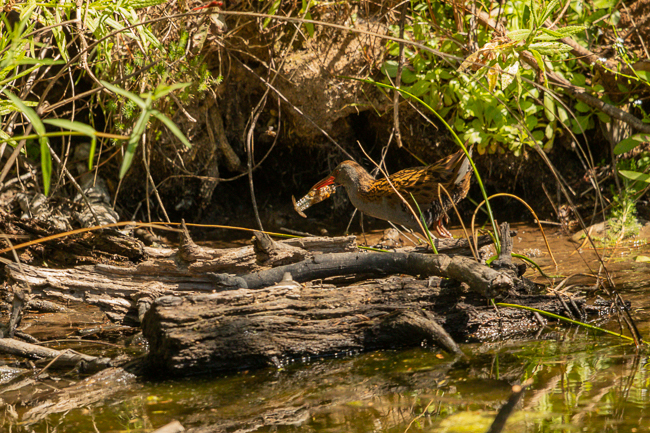
and are cared for by both adults.
The chicks grow fast, sometimes giving wonderful photographic chances as they bask and enjoy the sun.
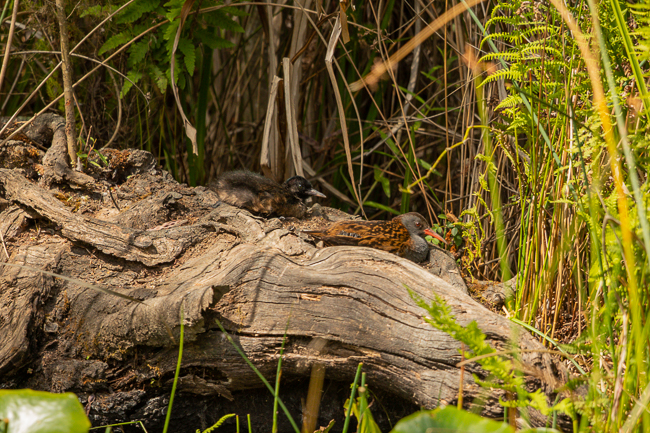
Normal clutch size is three or four, and they usually try to raise two broods, but it is seldom that the full clutch reaches maturity,
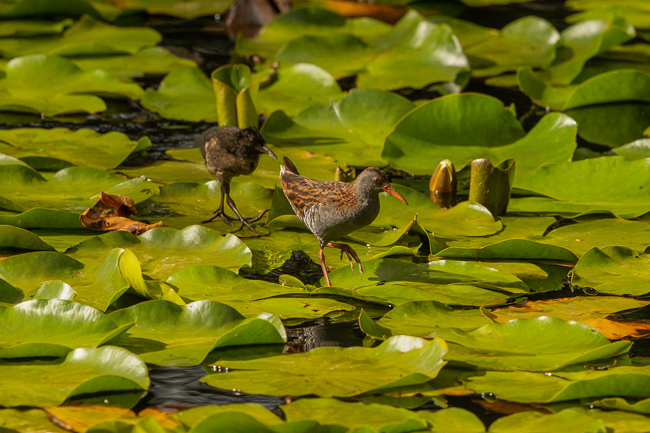
and by the end of July there is competition between the survivors, (and territory is aggressively guarded throughout their lives),

though the adults continue to feed the chicks until mid August.
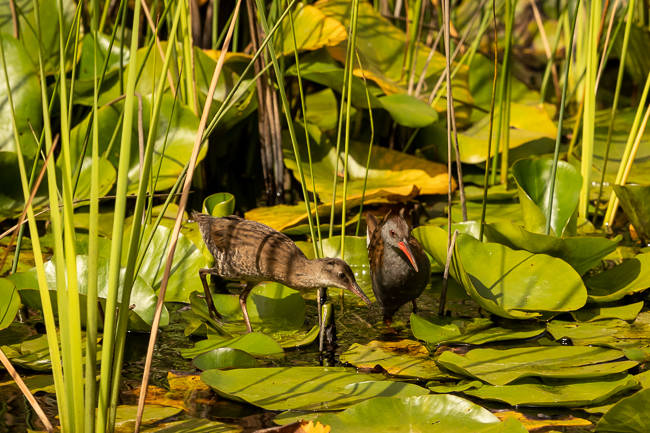
But whatever the time of year, the clean air and bright Portuguese sun give endless opportunities to capture this shy and elusive species as it searches for its food,
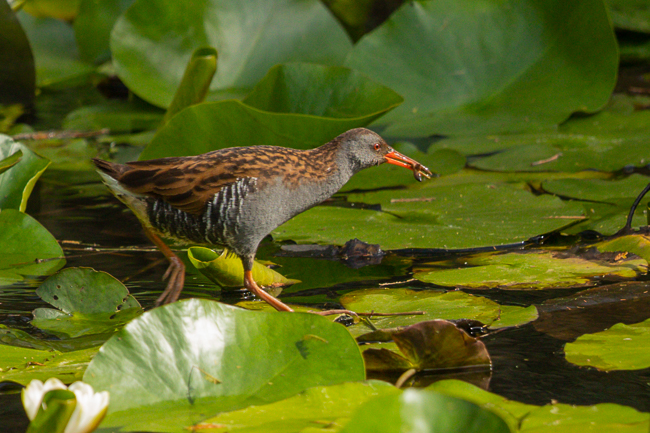
sometimes in flight,
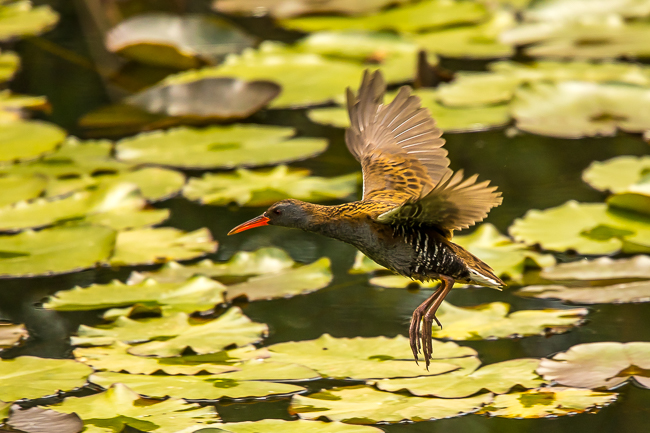
but usually walking around the shore or across the lilly pads,
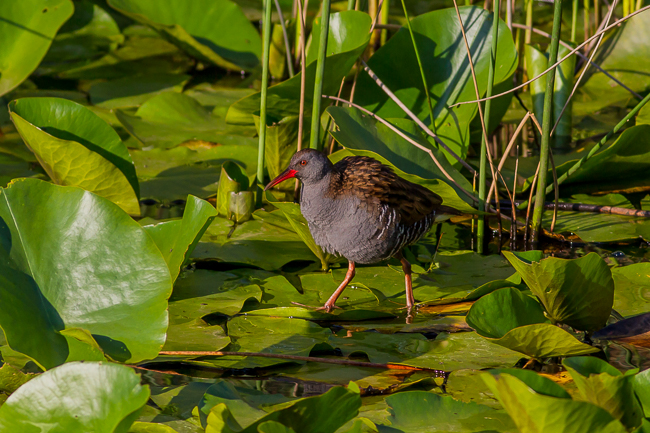
and, as they grow, juveniles, like this,
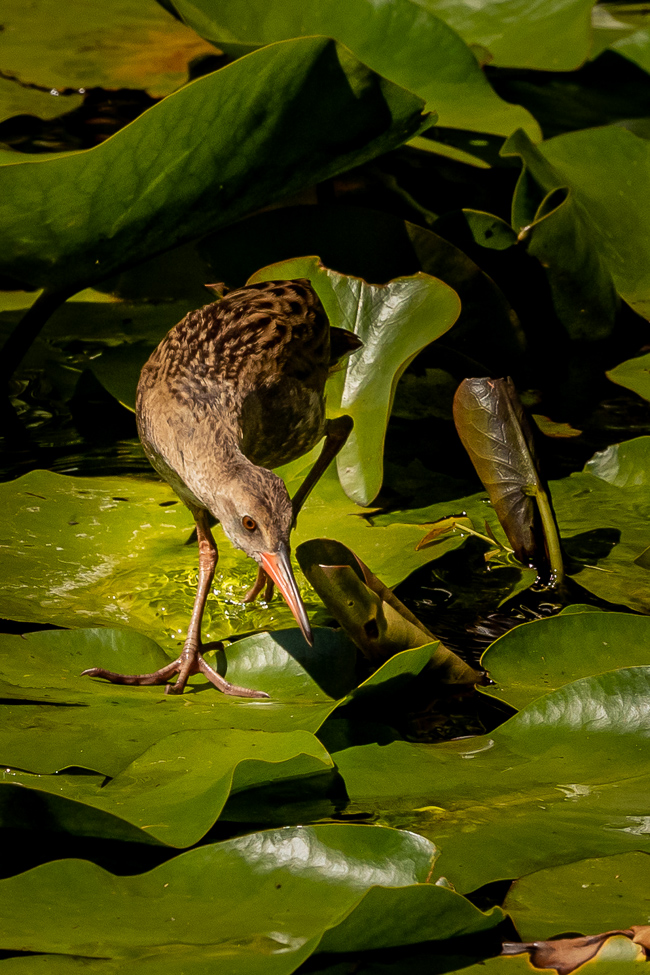
are just as beautiful as the adults.


